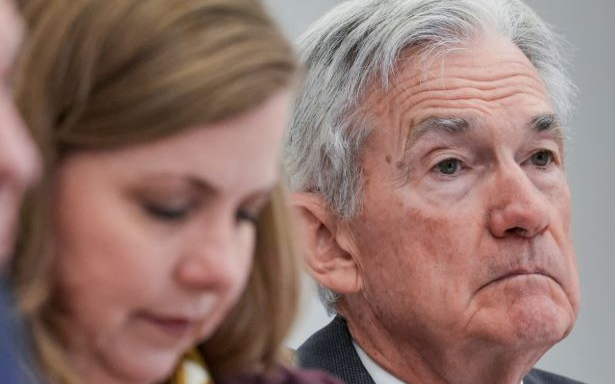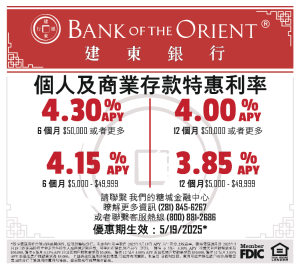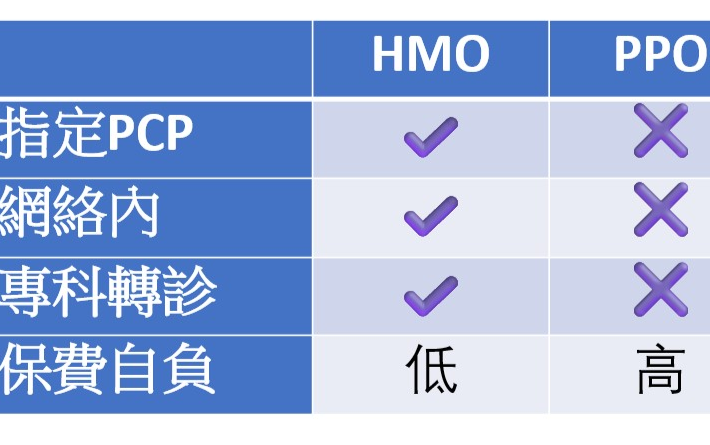点击浏览 休斯顿黄页 电子书
联储银行应降息吗

联储银行应降息吗
当前美国经济处於一个微妙的转折点,联邦储备系统(Fed)是否应该啟动降息,成為各界关注的焦点。在7月30日最新一次联邦公开市场委员会(FOMC)会议上,利率维持在4.25%至4.50%不变,显示联储仍处於观望态度。然而,随着经济数据呈现出两极分化的趋势,关於是否降息的争论亦日趋激烈。
一方面,从经济基本面来看,支持降息的理由正在累积。儘管第二季GDP表面上达到3.0%的年化增长,看似强劲,实则内部消费需求仅增长1.2%,创下两年半来新低,反映出实体经济动力不足。此外,美联储最為关注的核心个人消费支出物价指数(PCE)已回落至约2.1%,距离其2%的通胀目标仅有一步之遥,显示通胀压力已明显缓解。
部分市场专家与债券分析师甚至警告,若联储持续按兵不动,可能将经济推向通缩螺旋,重演大萧条时期的紧缩错误。联储内部亦出现不同声音,部分成员如Micah Waller与Michelle Bowman已在会议中表达降息25个基点的倾向,显示决策层内部已非铁板一块。
但另一方面,联储的观点仍以稳健為先。主席鲍威尔强调,目前政策并未对经济构成不当压抑,应避免过早行动。同时,面对来自政治层面的压力,联储也坚守其政策独立性,不愿因短期选举或政治诉求而失去市场信任。此外,全球贸易环境仍存在不确定性,特别是关税与供应链调整的变数,可能在未来引发通胀反弹,因此慎重仍為当务之急。
综合各方观点,联储会目前选择“暂不动作”,但已為下半年可能的降息铺垫政策空间。若第三季度经济数据持续低迷,内需无明显回升,而通胀保持受控,那麼9月起啟动降息的可能性将显着提升。
结论上,联储是否应降息,关键不仅在当下,而在於未来数月中美国经济是否能自我修復,或需靠政策助力渡过瓶颈。在这场政策博弈中,联储正在权衡的,不仅是利率数据,更是美国经济未来的稳定与信心。
Rate cut necessary ?
The U.S. economy stands at a delicate turning point, and whether the Federal Reserve (Fed) should begin cutting interest rates has become a matter of intense debate. At the latest Federal Open Market Committee (FOMC) meeting on July 30, the Fed held its benchmark interest rate steady at 4.25%–4.50%, signaling a cautious wait-and-see approach. Yet, as economic data reveal a mixed picture, the case for rate cuts is gaining attention.
On one hand, there are mounting arguments in favor of easing policy. Although second-quarter GDP growth came in at a headline 3.0% annualized, underlying domestic demand grew by only 1.2%—its weakest pace in two and a half years. This points to sluggish momentum in the real economy. Moreover, the Fed’s preferred inflation gauge, the core Personal Consumption Expenditures (PCE) index, has eased to around 2.1%, hovering just above the 2% target and suggesting that inflationary pressures are largely under control.
Some market analysts and bond strategists warn that if the Fed waits too long, it risks tipping the economy into a deflationary spiral, echoing the policy mistakes of the Great Depression era. Even within the Fed, dissenting voices have emerged. Officials such as Micah Waller and Michelle Bowman have indicated a preference for a 25-basis-point cut at recent meetings, signaling that the debate within the Fed is far from settled.
On the other hand, the Fed’s leadership remains focused on stability. Chair Jerome Powell has stressed that current policy is not overly restrictive and that premature cuts could undermine credibility. The Fed is also determined to maintain its independence from political pressures, avoiding decisions that could appear politically motivated. Additionally, uncertainty in global trade—particularly tariffs and supply chain disruptions—could reignite inflation, making caution the safer route.
In short, the Fed is opting for patience for now, while leaving the door open for future rate cuts. If third-quarter data show continued weakness in consumer demand and the economy fails to regain momentum while inflation remains subdued, the Fed could start cutting rates as early as September.
Ultimately, whether the Fed should cut rates is less about the present moment and more about the trajectory of the coming months. The central bank is weighing not only economic indicators but also the long-term confidence and stability of the U.S. economy.































